People tend to complain about their heating telling it is not as good as they expected it to be even before they made sure it is not their fault their heating systems fail to deliver the expected results. Fortunately, most of the time the situation turns out not to be as bad as thought of in the first place, and things can be taken care of in a matter of minutes. One of the most frequent mistakes homeowners make when heating is in question is the poor positioning of the thermostat. Thus, in order to find out where the best place is to put a room thermostat and which situations to avoid making the most out of your heating system, read the lines below and save both your money and your nerves.
The Purpose of Thermostat
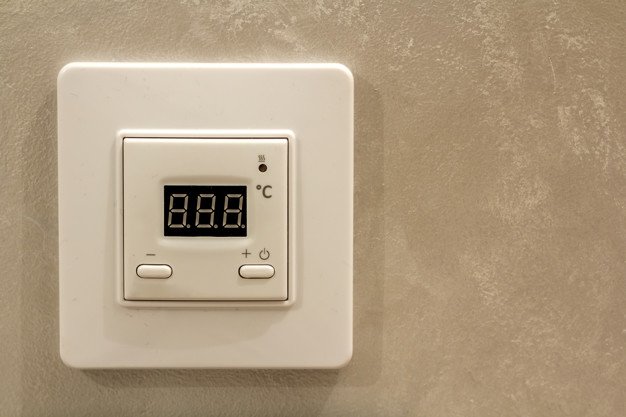
What a thermostat is designed for is the thermal regulation of a particular space. Basically, it is an enhanced thermometer that sends a signal to the heating system and it either engages it to raise the temperature or turn down the heating. In most cases, thermostats are positioned on one of the walls of the building or an apartment, but there are also wireless thermostats you can use to move around the house and control the temperature depending on where you go. Also, there are devices that are directly attached to the heating boiler where central heating is installed. Even air conditioners use thermostats which enables them to turn off once the desired temperature is achieved.
Since we will be talking about central thermostats and the most ideal places you can position them inside your house, we will concentrate on the influencing factors that should give you not only the most realistic data about the temperature inside a particular space but also provide you with the highest level of comfort.
Stay Away from Outer Walls
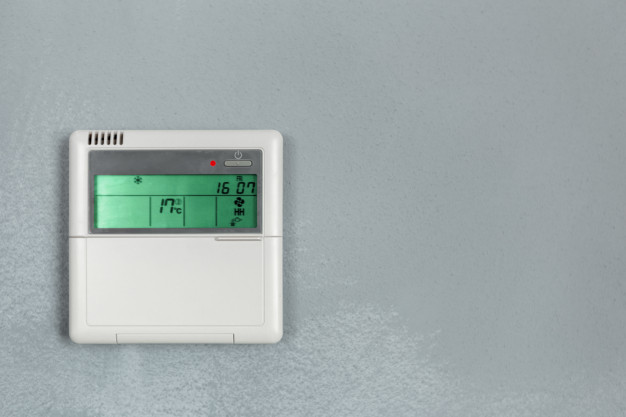
Whether you use an electric heating system or infrared panels, there are certain useful rules to follow in order to deploy the available energy most optimally. You would be on the right track if you position your thermostat on one of the interior walls. It is almost self-explanatory since outer walls tend to be colder due to the exposure to lower exterior temperatures, while the interior is tucked away.
The Room You Most Frequently Use
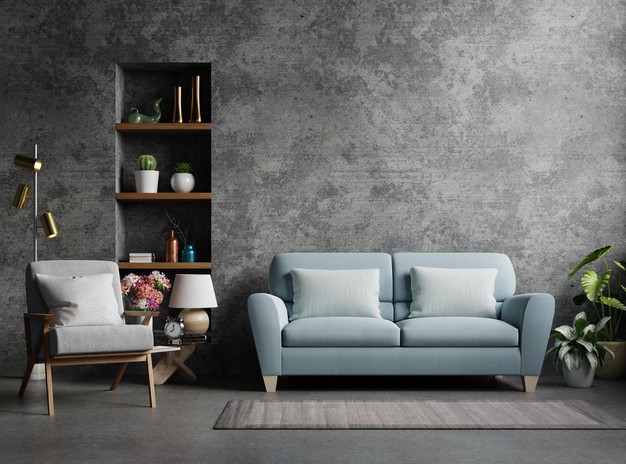
In most cases, the most frequently used room in a household in the living room. What could also be the plus for the thermostat positioning is if the living room is at the same time a central room of your home. If there is another room in your home that you use more and it is closer to the center, well, you know what to do. The point of placing the device inside the most frequently utilized space is because people also generate heat and would, therefore, affect the temperature levels. Now the saying “cold space” sounds more reasonable, since it is often a description of abandoned locations. Apart from finding a place for the thermostat, what you should do to save energy is to find a quality thermostat as well, thus, visit www.futofolia.hu and find out more what characteristics should it have to meet high standards.
The Height
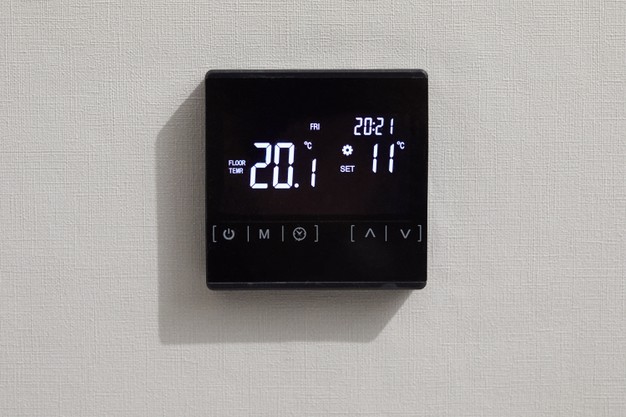
You would be most definitely wrong if you would place a thermostat near the floor, yet again, placing it near the ceiling would be a mistake as well. Namely, your goal should be to position your device at the height that would enable you to get the exact readings of the temperature around you. Since hot air travels nowhere else but up, while the cold air remains at the bottom of the room, the solution to your problem would be to place a thermostat somewhere in between, where the air is somewhat mixed. In most cases, that would be somewhere about 5 feet from the floor, but if the size of the room where you want to place the thermostat deviates from the standard sizes, feel free to adjust the position according to the conditions.
Avoid Heat Sources
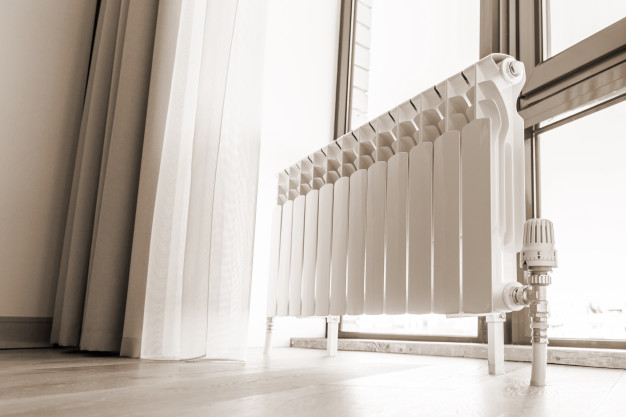
If you desire to be fed with true information and that your device performs flawlessly, then you should bear in mind that its positioning needs to be isolated from any heat sources that could disturb its functioning. Actually, it would function as well as ever even if you put it right above the stove, but it would be pointless and the purpose of a thermostat would be meaningless. It is of utter importance to highlight that you should also be careful about direct sun exposure due to the nature of infra-red radiation coming from the sun, which could alter the temperature of the device and cause it to read the data around it falsely.
Never Use the Stairs
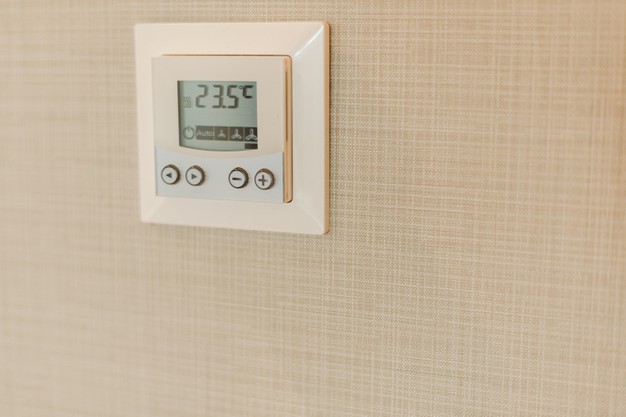
Placing a thermostat near internal stairs would be a total disaster, especially if the stairs are used to connect two different floors. The catch is that placing it near an open space would cause the hot air to go upwards, and while in the previous section the problem was solved by placing the device at a particular height, that same approach would not be applicable in this situation since the difference in floor levels affects the transition majorly. If you follow the previously mentioned pieces of device, you should not have any difficulties finding an ideal spot for the thermostat even if you have an internal staircase.
Hopefully, the aforementioned pieces of information will help you position your device ideally and find it a perfect spot inside your household to keep you warm at all times. Apart from the position, it is important to obtain a quality device in the first place, as well as other elements of the heating system, but, surely, the importance of positioning is not to be neglected. Moreover, it can only enable you to exploit your resources as much as you possibly can. Therefore, do bear in mind the tips and tricks mentioned above and you will never fear the winter.


